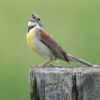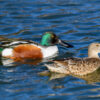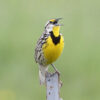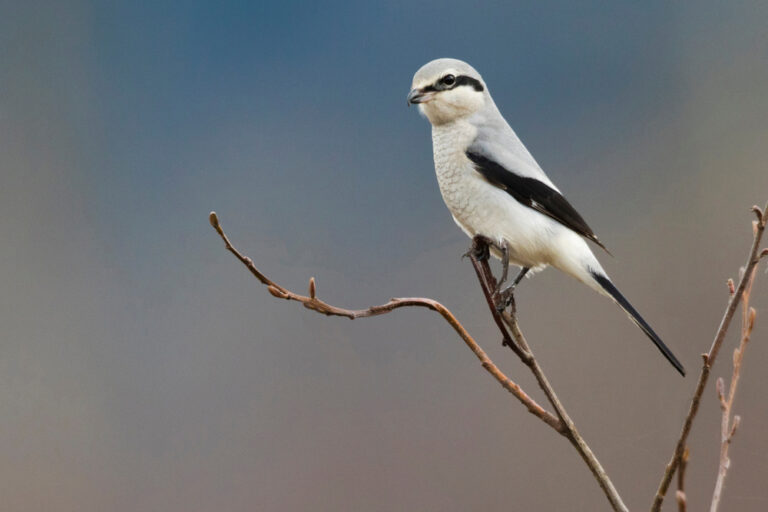
Northern Shrike, Lanius borealis
Bill Rowe
Shrikes are a fascinating family of birds, found on four continents, with a majority of them (about 30) belonging to the genus Lanius, which means “butcher.” In North America we have two: the Loggerhead Shrike, which has been in decline for years but is still fairly common in some parts of the United States, and the Northern Shrike, which breeds far up in Canada and Alaska and comes south into the northern and central U.S. each winter in varying numbers. (See below for the current situation around St. Louis.) It’s worth a quick review of the Northern Shrike’s name and relationships. Its current species name, borealis, simply means “northern.” Until just a few years ago, however, it had been considered the same species as the Great Gray Shrike of the Old World, and it bore the same name: excubitor, a Latin word for “watchman” or “sentinel.” This name is still shown in most field guides, since they haven’t caught up yet with the split into separate species, and it was perfect for the Northern Shrike, which does indeed post itself on a prominent lookout perch atop a shrub, or even a tall tree, to scan for its prey. This brings us back to “butcher,” a name reflecting the prey and what shrikes do with it: they will often wedge it into forked branches or impale it on a stout thorn. This makes it more manageable for them to eat (since they have no talons with which to hold it) or allows them to leave it “in storage” and come back for it later. In warm weather, much of the prey consists of insects, but in winter they may switch to a high percentage of small mammals and birds. Northern Shrikes, especially, will go after birds up to their own size or larger, such as robins and doves, dispatching them by biting the nape. Hence we think of shrikes as the only predatory songbirds, with a diet like that of a small hawk.
IDENTIFICATION: Our two shrikes are easily recognized as such: gray above, whitish below, with black wings and a black mask—a feature that separates them quickly from Northern Mockingbirds. You can distinguish a Northern Shrike from a Loggerhead as follows: (1) Mask narrower, not connecting over the bill, and leaving part of the eye protruding above it; (2) bill longer, more strongly hooked, and pale at the base; (3) underparts at least faintly barred at all ages, not just plain; (4) when young (first fall and winter), brownish with stronger barring and a fainter mask; (5) often a narrow white crescent below the eye. Northerns are also a little bigger, but this is hard to judge without a direct comparison (which never happens). With a good view, and especially with good photographs, you can usually nail the identification, but some individuals can be difficult.
ST. LOUIS STATUS: Into the 1990’s, Loggerheads were regular birds in the St. Louis area; now they no longer nest here, and sightings are rare at all seasons. Meanwhile the Northern, formerly almost unheard of, has become a rare bur regular winter visitor; it has shown up an average of once or twice per winter in our area for the past decade. So, currently, any shrike is a good find, but the Northern is just as likely as the Loggerhead during its window of occurrence, mostly November to March.
Learn more and listen to the songs and call notes of Northern Shrike here.
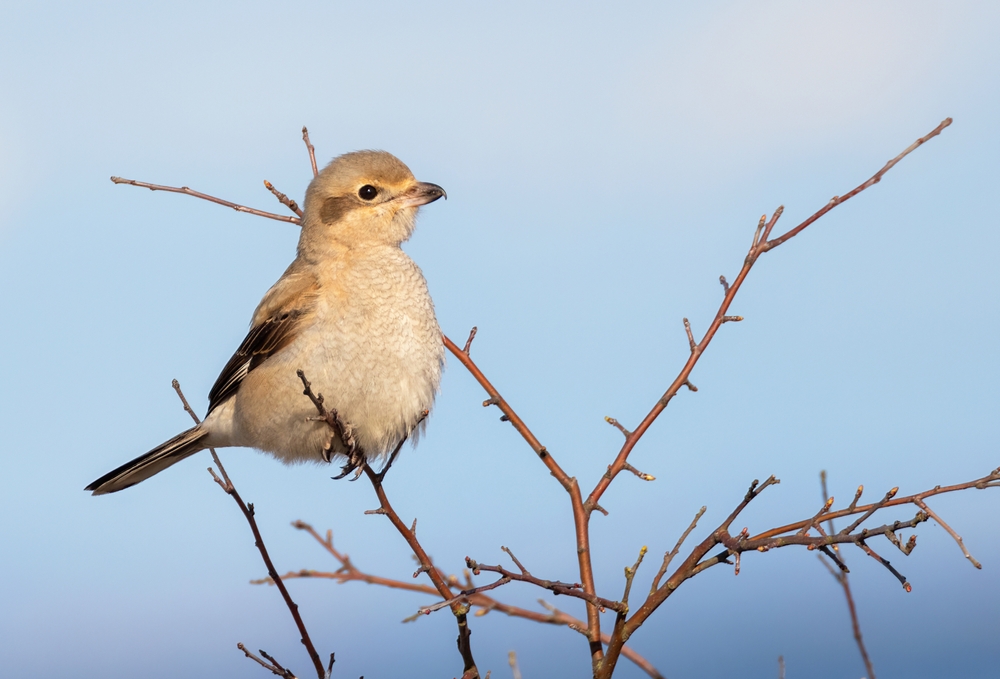
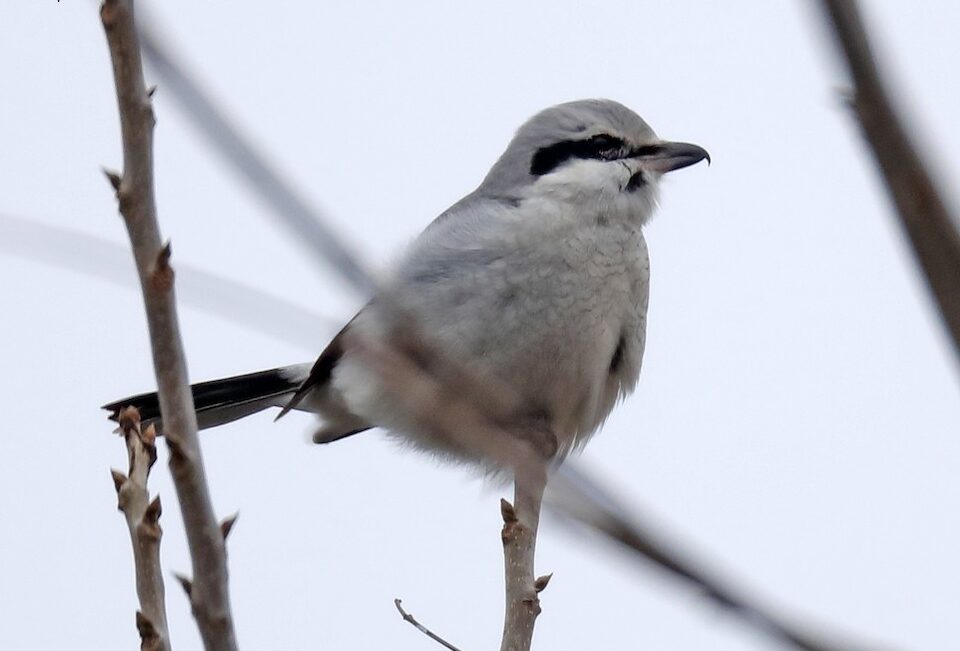
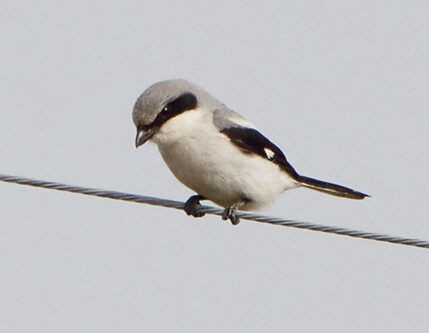
Juvenile Northern: brownish, weak mask


